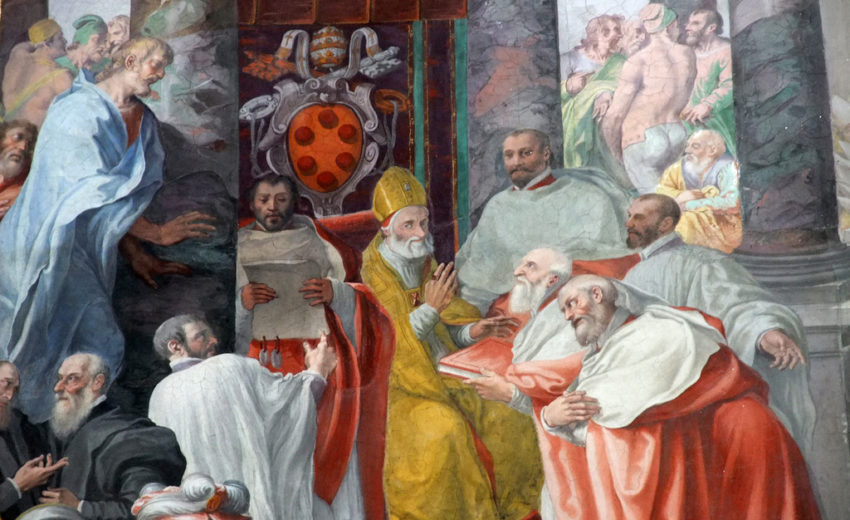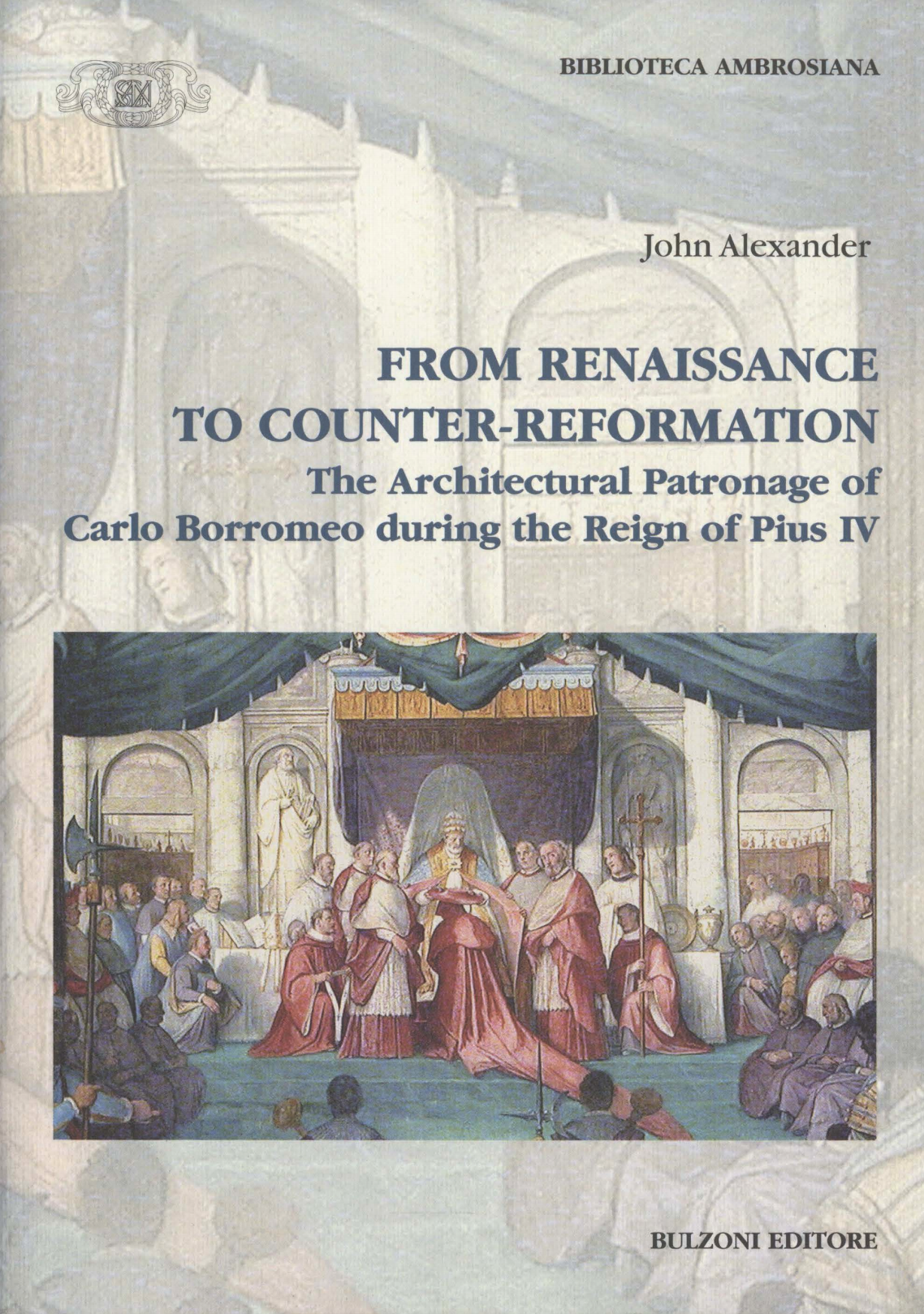
Alexander, From Renaissance to Counter-Reformation
Historians generally recognize that the architectural patronage of Carlo Borromeo (1538-1584) provided important examples of Counter- Reformation architecture, and crucial models and criteria for Baroque architecture. The buildings and directives from his years as resident archbishop of Milan have been studied in a variety of ways, sometimes in overviews of his religious commissions. A few articles and a dissertation have focused on his patronage from the years he spent in Rome as the «cardinal nipote of his maternal uncle, Pope Pius IV (1599-1565)2. Those years in particular deserve much more scholarly attention, as they contained formative lessons for the young prelate. Without completely discounting his experiences as a child in Arona and Milan, and as a student in Pavia, it is clear that Borromeo learned about fulfilling religious offices and commissioning architecture during Pius IV’s reign, and to a certain degree under that Pope’s tutelage. This book investigates those years in the hopes of providing a greater understanding of Borromeo’ s conceptions about patronage and how he initiated an architectural program that assisted his reform of the Catholic Church in Milan.
Download
Alexander_From Renaissance to Counter-Reformation.pdf
Alexander_From Renaissance to Counter-Reformation.txt
Alexander_From Renaissance to Counter-Reformation.html
Alexander_From Renaissance to Counter-Reformation.jpg
Alexander_From Renaissance to Counter-Reformation.zip



